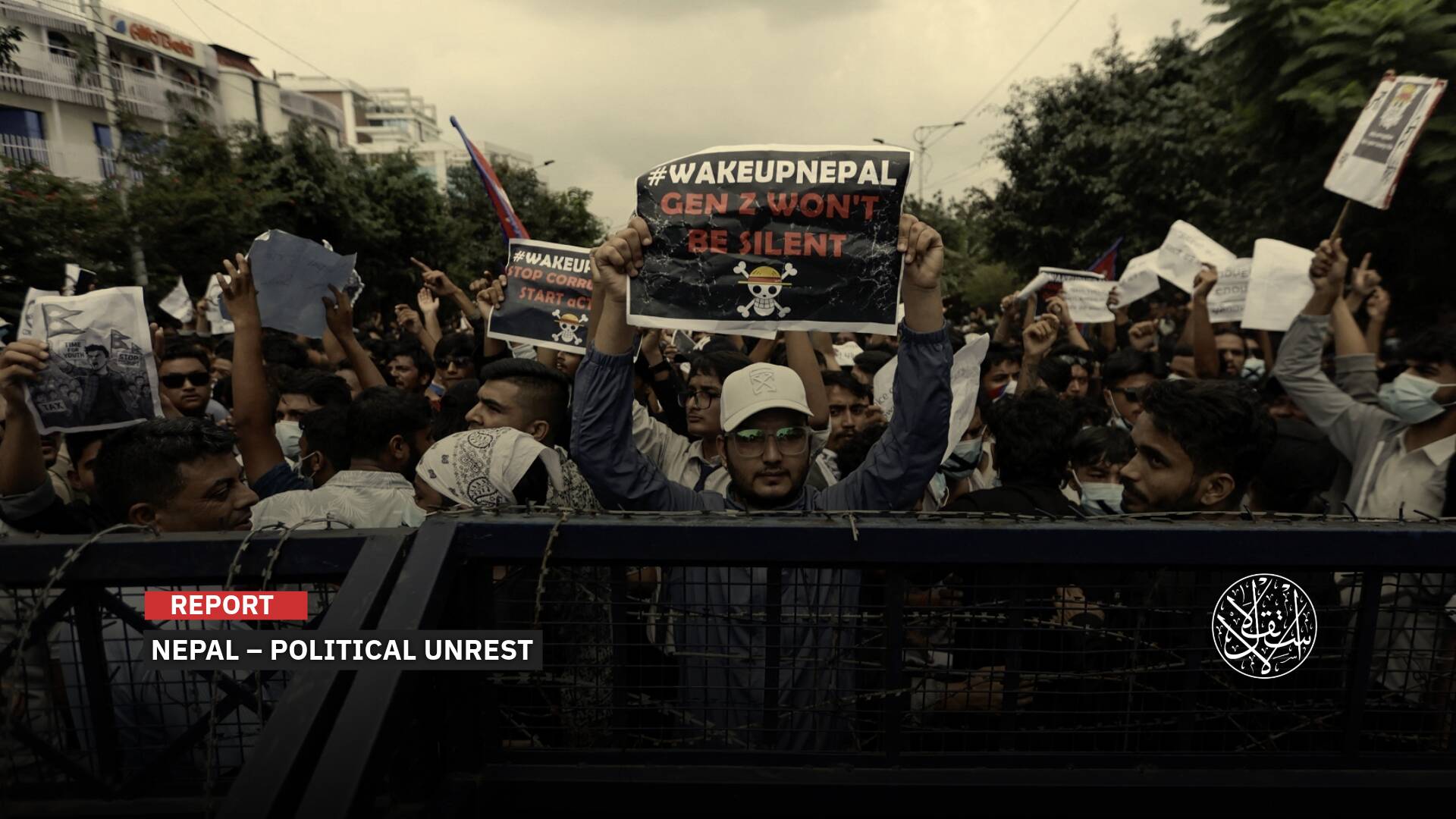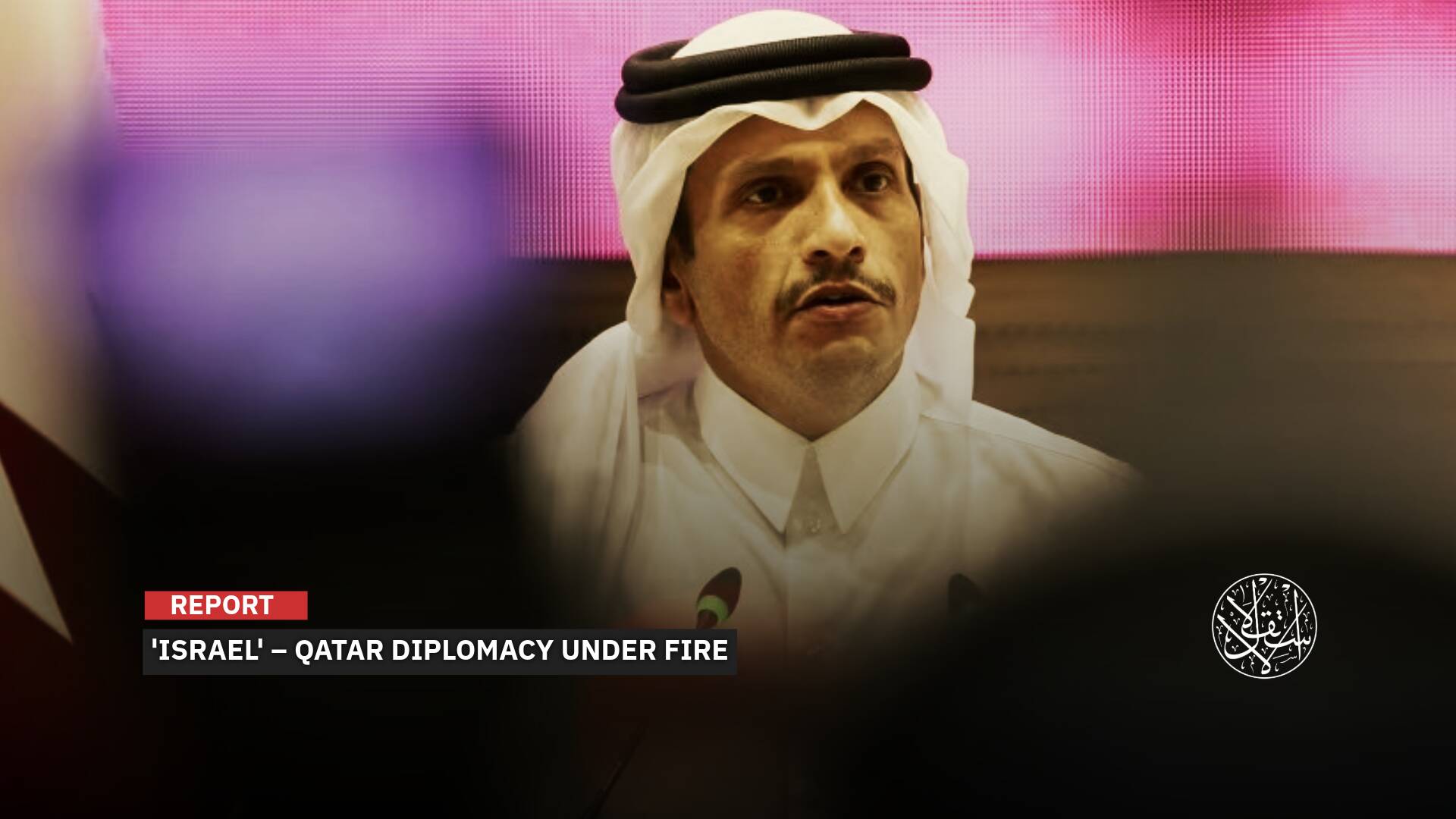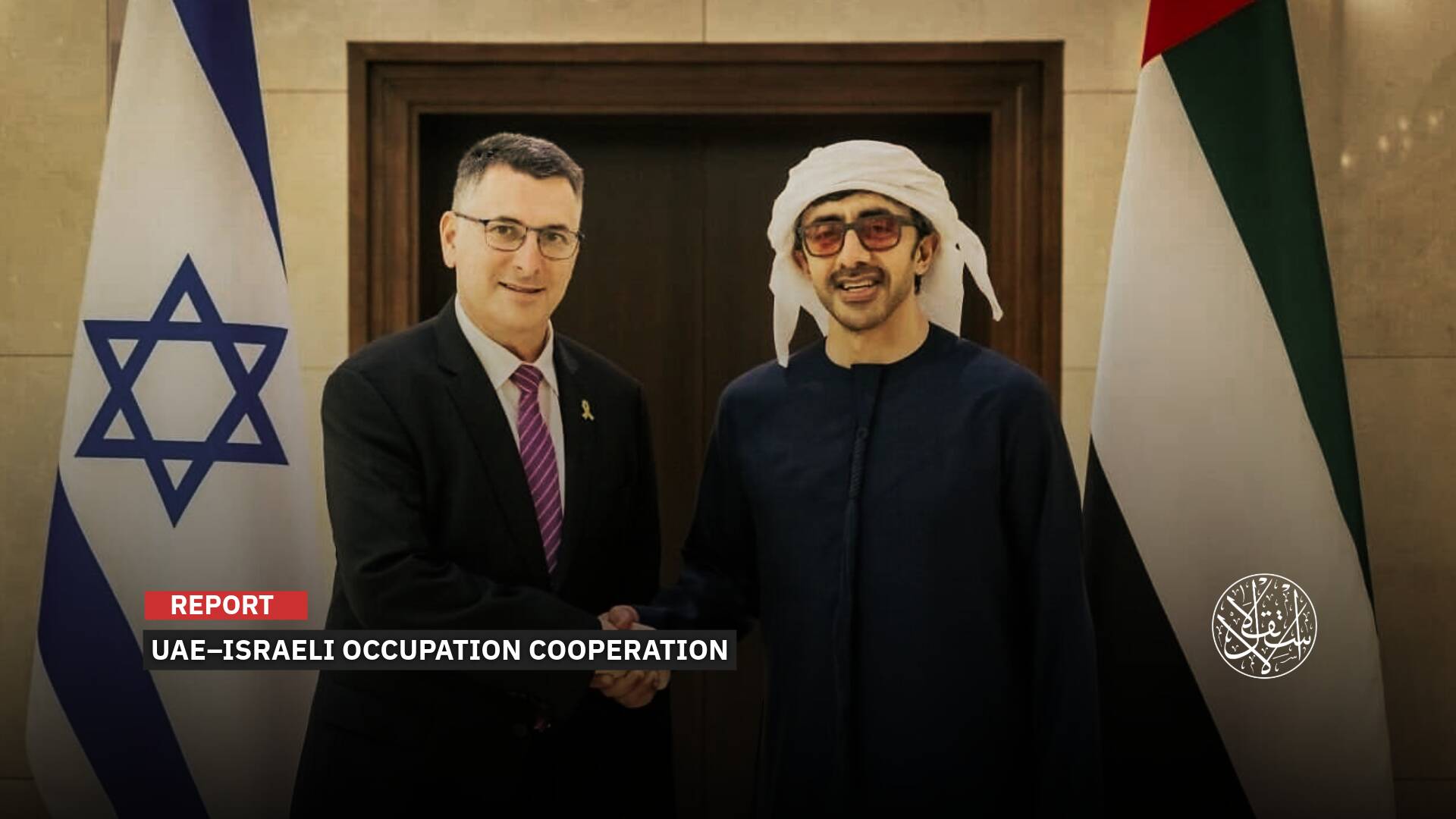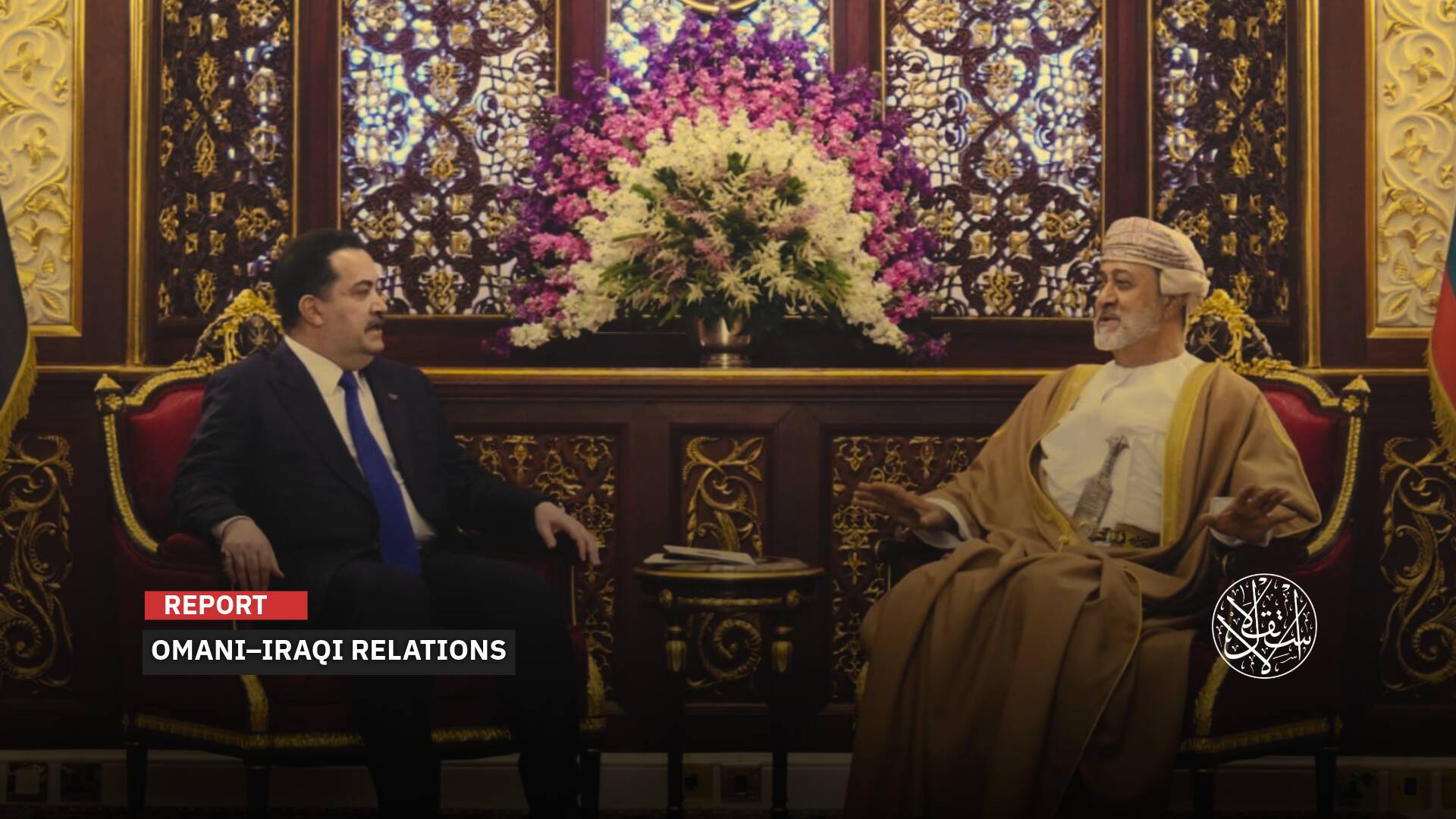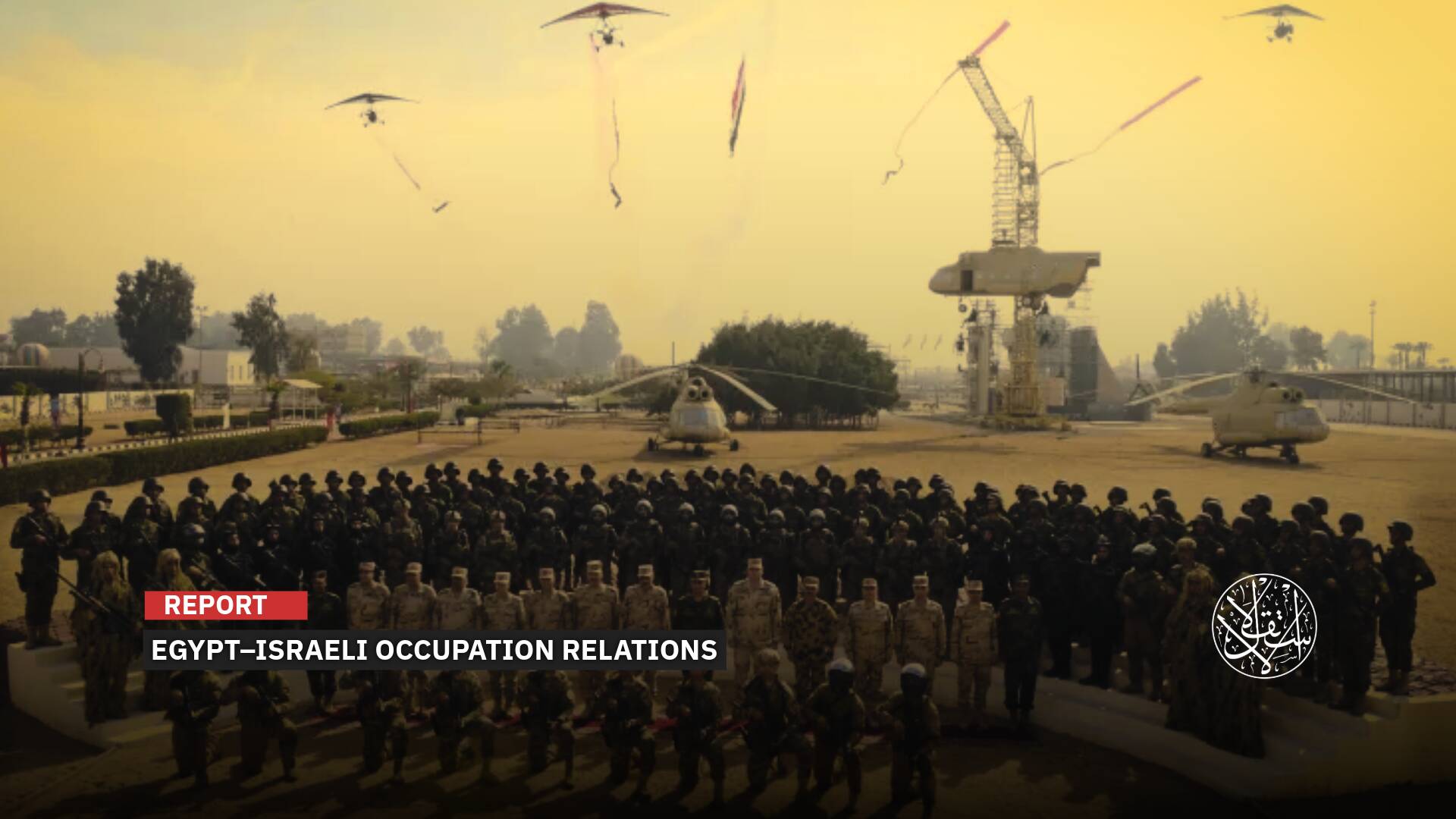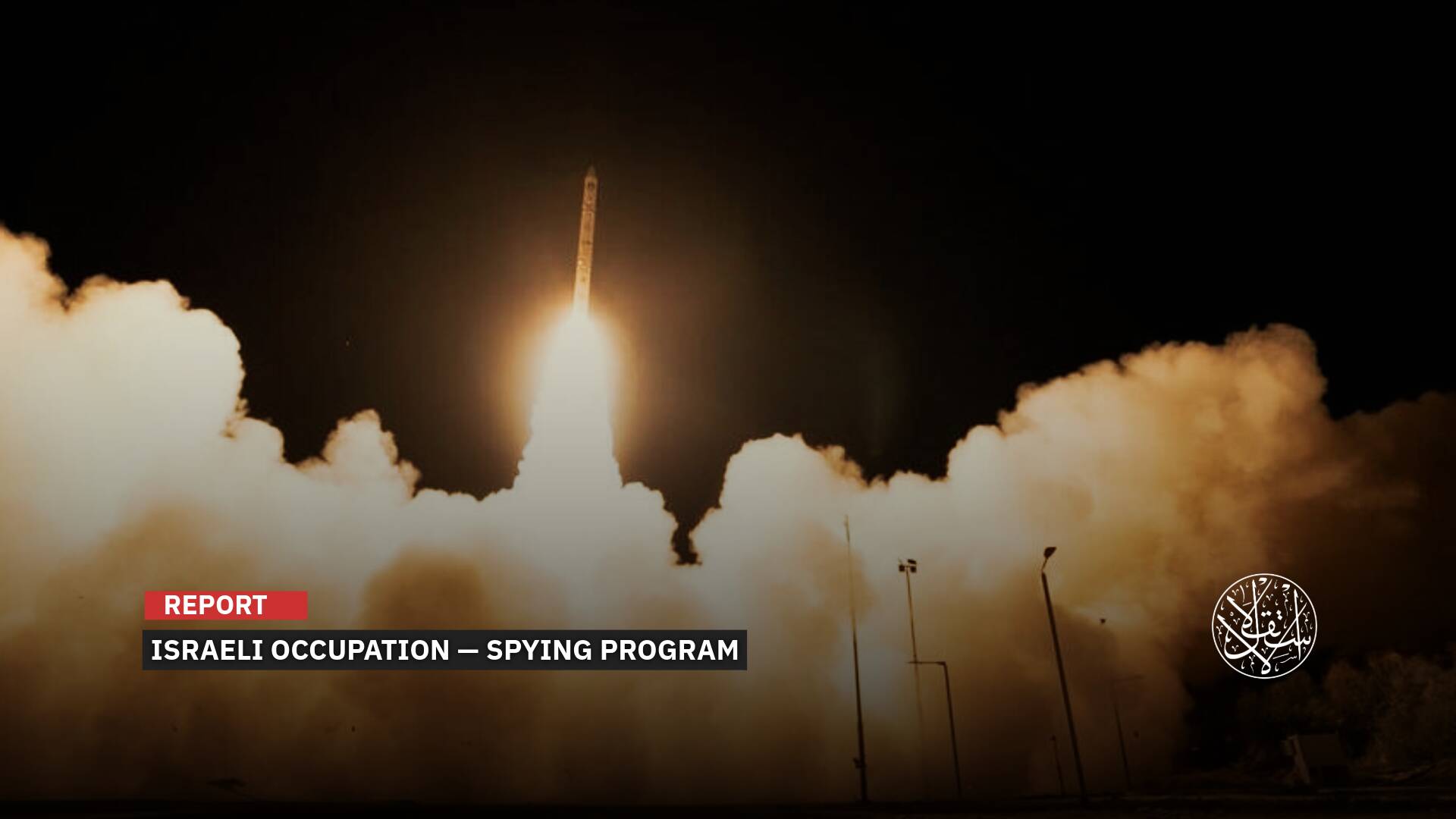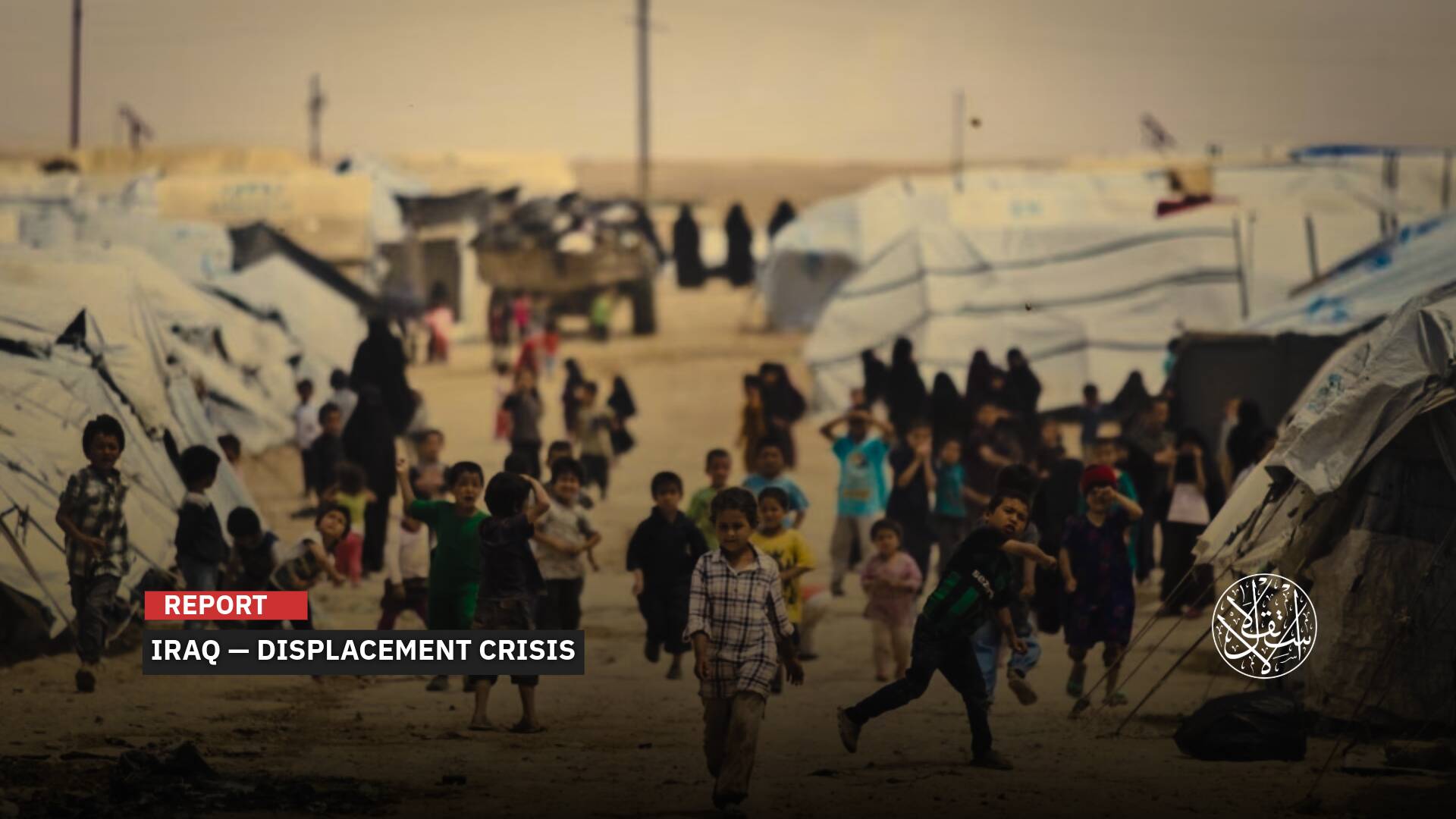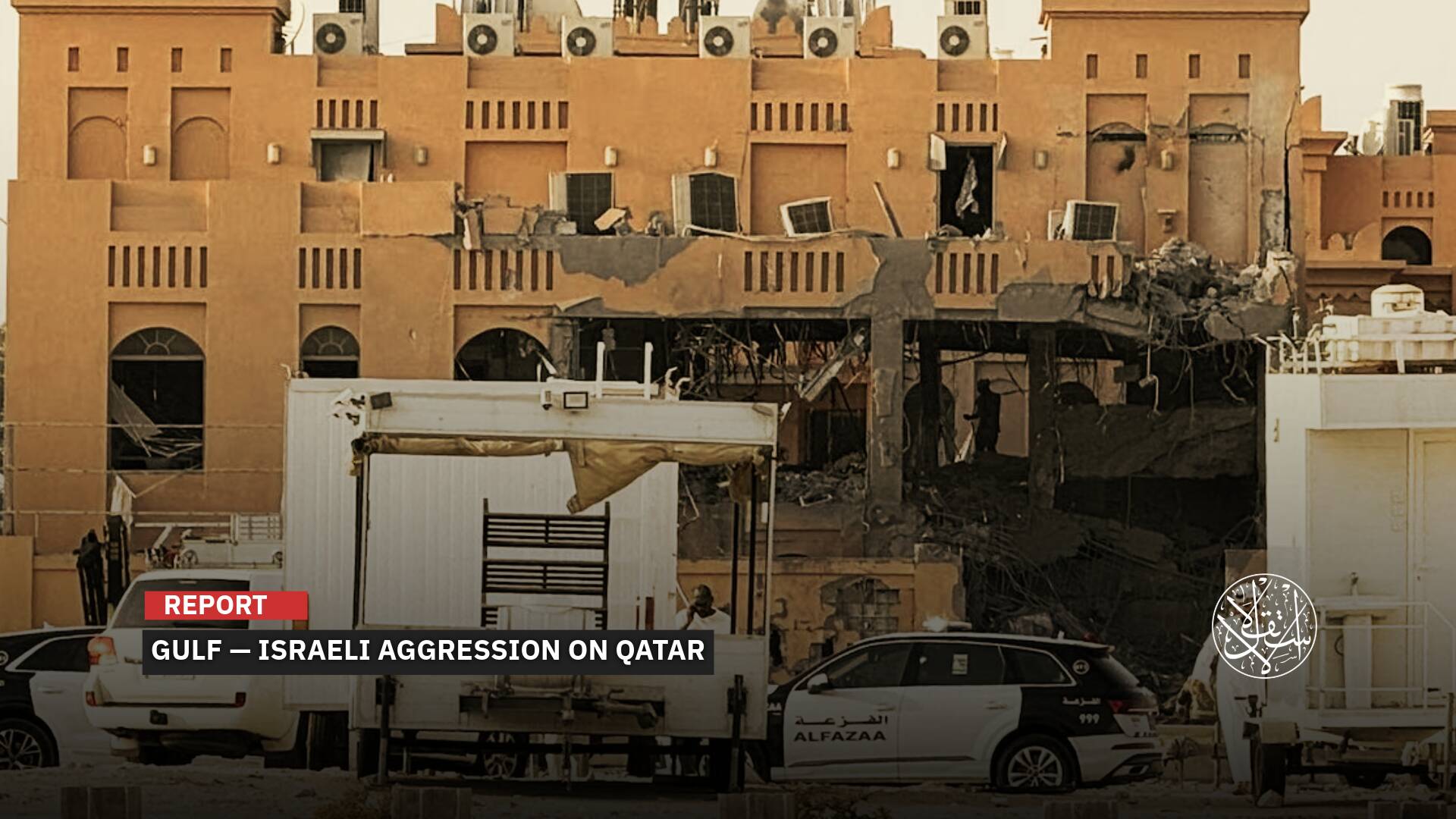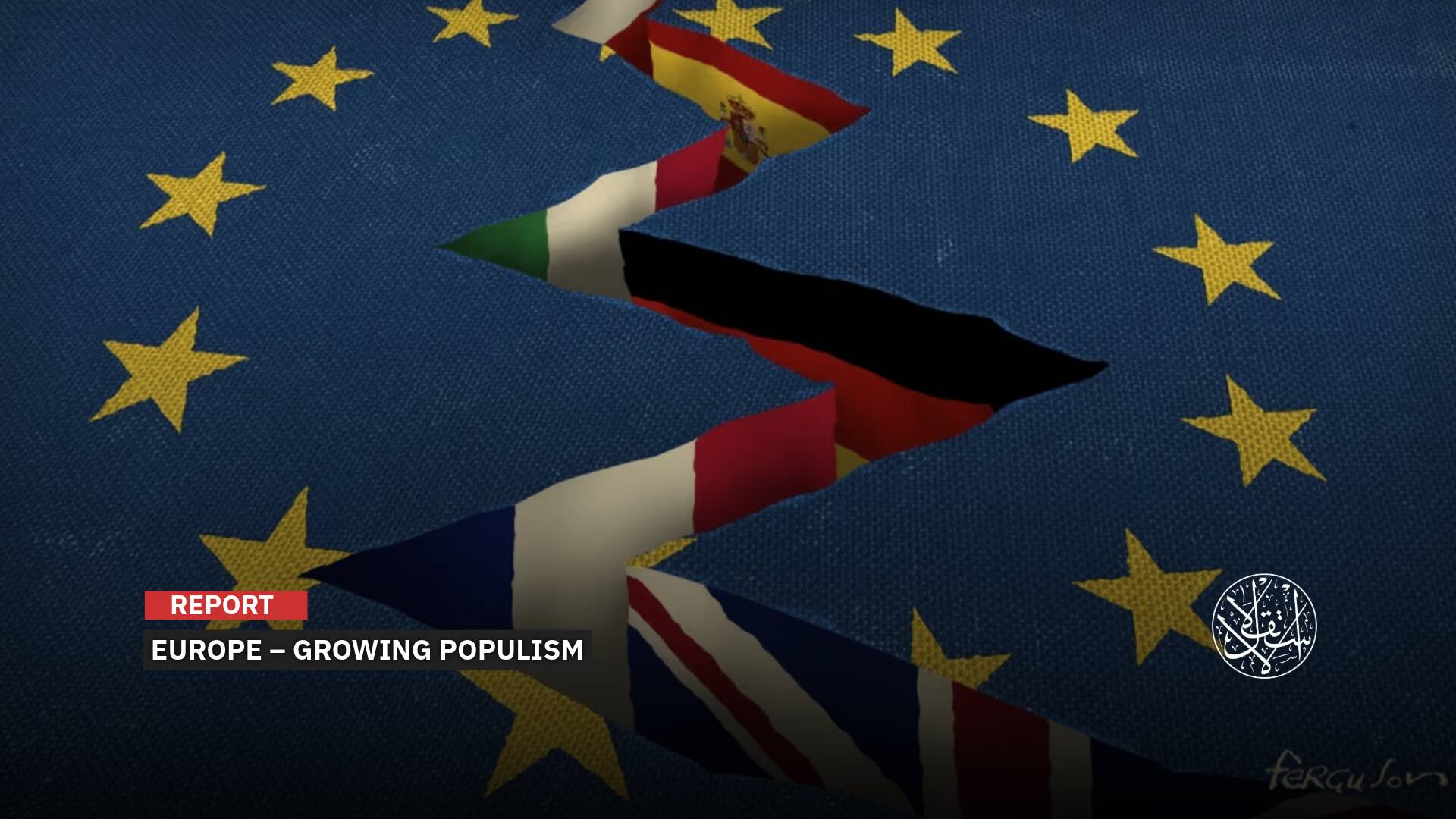Israeli Incursions into Syria's Quneitra Governorate: Why Is Russia Silent?

The recent Israeli actions in Quneitra and the Golan likely aim to tighten military control.
As reports continue to confirm Israeli incursions into Syrian territory, along with the bulldozing of agricultural land, attention has shifted to the presence and role of Russian forces in the region.
Before its military intervention in 2015 to prevent the fall of the Syrian regime, Russia had sought to establish a military presence near the Israeli-occupied Syrian Golan Heights, which “Israel” captured in the 1967 war.
This Russian interest became evident in 2013, as the UN peacekeeping forces, UNDOF, began to dwindle following the outbreak of the Syrian revolution in March 2011.
UNDOF was established under the Agreement on Disengagement between Syria and “Israel” on May 31, 1974, brokered by the U.S., to cease hostilities after the October 1973 war.
The agreement aimed to create a demilitarized buffer zone between the two sides, with Israeli forces positioned west of Line A and Syrian forces east of Line B.

Russian Surveillance Strategy
On June 12, 2013, twenty Austrian UN soldiers withdrew from the Quneitra crossing in Syria, relocating to the Israeli-controlled side of the Golan Heights. The UN immediately sought a replacement for the Austrian troops.
At the time, Russian President Vladimir Putin proposed deploying Russian peacekeepers to the Golan after Austria’s withdrawal. However, the UN rejected Moscow’s offer, citing the agreement between “Israel” and Syria, which prohibits the participation of permanent UN Security Council members.
Austria explained that it withdrew its peacekeeping forces from the Golan Heights, part of Syria's Quneitra province, due to the spillover of the Syrian war into the region. Clashes between Assad’s forces and the opposition were intensifying, as the latter sought to expel the regime from southern Syrian villages and towns.
Austria was one of three countries, along with the Philippines and India, contributing troops to the UN Disengagement Observer Force (UNDOF) in the Golan, with a contingent of 380 soldiers. After the Syrian revolution began, countries like Canada, Japan, and Croatia also withdrew their personnel.
Before Russia's official military intervention in Syria in late September 2015, Alexey Pushkov, head of the International Affairs Committee in the Russian Duma, said on June 8, 2013, that deploying Russian peacekeepers in the Golan would mark a strategic return for Russia to the Middle East as a major power.
In 2018, Russia's support for Syrian regime forces helped drive opposition fighters from their positions in Quneitra and Daraa provinces in southern Syria. At that time, Russia began conducting patrols near the Bravo Line, which separates Syrian and Israeli forces in the disengagement zone.
By 2020, Russian forces had established five military police observation posts along the Bravo Line in the Golan Heights, within Quneitra and Daraa provinces, independent of the UN's UNDOF forces.
According to Russia’s Ministry of Defense, the primary role of these Russian military police posts was to prevent provocations in coordination with Syrian forces.
Russia equipped these observation posts with advanced visual and technical surveillance systems, allowing them to operate autonomously around the clock, according to the Russian Ministry of Defense.
Each Russian observation point was tasked with monitoring the ceasefire both day and night, tracking Israeli airstrikes on Syrian territory, and preventing escalations between Syrian and Israeli forces.

Strategic Repositioning
In response to reports confirming a new Israeli incursion into Syrian territory and the bulldozing of agricultural lands in October 2024, Russia undertook tactical repositioning at some of its observation points near the occupied Syrian Golan Heights.
Russian forces established two new observation points in Quneitra province, on the border of the occupied Golan, to manage tensions amid the ongoing escalation between “Israel” and Hezbollah in Lebanon. This was seen as preparation for the possibility of the conflict spreading to the Syrian front, according to Russian media.
The new points were set up in the western plains near the villages of Be'er Ajam and Bariqa in western Quneitra, close to the Golan border. This brought the total number of Russian positions near the occupied Golan to 17, most of which were established after October 7, 2023.
In early September 2024, Russian sources revealed that a military police observation post had been relocated to Tel al-Sha'ar along the Bravo Line in Quneitra province.
As provocations increased in the demilitarized zone (DMZ) near the Golan Heights, Reuters reported that Israeli forces were clearing landmines and constructing new barriers along the Syrian border, suggesting a potential expansion of ground attacks against Hezbollah.
Sources who spoke to Reuters, including a Syrian soldier, a Lebanese security official, and a U.N. peacekeeping official, indicated that “Israel” was moving the DMZ fence closer to the Syrian side and digging additional fortifications in the area.
The sources said the demining had intensified as “Israel” began ground incursions on Oct. 1 to fight Hezbollah along the mountainous terrain separating northern “Israel” from southern Lebanon around 20 km (12 miles) to the west.
The Syrian soldier stationed in the south said “Israel” was pushing the fence separating the occupied Golan and the DMZ further out and erecting their own fortifications near Syria “so there would not be any infiltration in the event this front flares up.”
The soldier said “Israel” appeared to be creating “a buffer zone” in the DMZ. A second senior Lebanese security source told Reuters that Israeli troops had dug a new trench near the DMZ in October.
Another senior Lebanese security source said the demining operations could allow Israeli troops to “encircle” Hezbollah from the east.
Syrian defector Colonel Abdul Jabbar al-Oqaidi suggested that “Israel's recent movements in Quneitra and the Golan likely aim to strengthen military control in that region and its surroundings.”
“This could be part of a broader strategy to expand military operations against Hezbollah, pressuring them from the Golan while encircling them from the Shebaa Farms and trapping them in southern Lebanon.”
As al-Oqaidi noted, this move would disrupt all supply lines from the east, effectively isolating Hezbollah from receiving military and logistical support from Iran through Syria. He also suggested that the strategy could include “establishing a safe zone to facilitate unrestricted movement and comprehensive reconnaissance and surveillance operations.”

‘Russian Mission’
During these Israeli maneuvers, Russian military police are actively monitoring from observation points in the villages and towns of al-Qahtaniyah, Be'er Ajam, Bariqah, Kodnah, al-Malaqah, al-Rafid, and Ghadir al-Bustan in western Quneitra province.
Media sources confirm that Israeli movements continue from the village of Hader in the buffer zone on the eastern slope of Mount Hermon, extending south to Quneitra near the border fence of the occupied Golan Heights.
At the same time, Russian forces have been spotted at Tel al-Hara, a crucial observation point in Daraa province that overlooks parts of the occupied Syrian Golan. Reports suggest that these forces have carried out reconnaissance and surveillance operations at Tel al-Hara to confirm the absence of Iranian militias and Hezbollah.
Within this context, Syrian defector and military analyst Colonel Ahmad Hamadeh noted that “Russia is currently focused on preventing any clashes or violations of the 1974 Agreement on Disengagement between Syria and Israel.”
“This is why Moscow reinstated the 90th and 61st Brigades along the ceasefire line,” he told Al-Estiklal.
“Russia has established 12 new observation points along the Golan to prevent ceasefire violations and has deployed military patrols from the village of Hader in the north to Quneitra province in the south, aimed at preventing Iranian militias and Hezbollah from crossing the ceasefire line or launching strikes against the occupied Golan or Israeli forces.”
“Russia is playing a role in keeping the Syrian regime out of the Iranian axis’s conflict with Israel, seeking to maintain calm on the Syrian front,” said Hamadeh.
Sources
- Israel's demining near Golan signals wider front against Hezbollah, sources say
- The Golan: The Neutralized Weapon Back in Action! [Arabic]
- Southern Syria: Russian Forces Withdraw from Positions on the Golan Border [Arabic]
- Bravo, Alpha, and a Buffer Zone Turned Into Israel’s Backyard: Understanding the Golan Agreement [Arabic]
- Israel's Removal of Mines Near the Golan Signals a Broader Front Against Hezbollah [Arabic]
- Russian Forces Continue to Monitor Security in the Golan Heights [Arabic]
- Pushkov: Deploying Russian Forces in the Golan Will Mark a Strategic Return for Our Country to the Region [Arabic]
- Russian Military Police Support Syrian Patrols in the Golan [Arabic]


